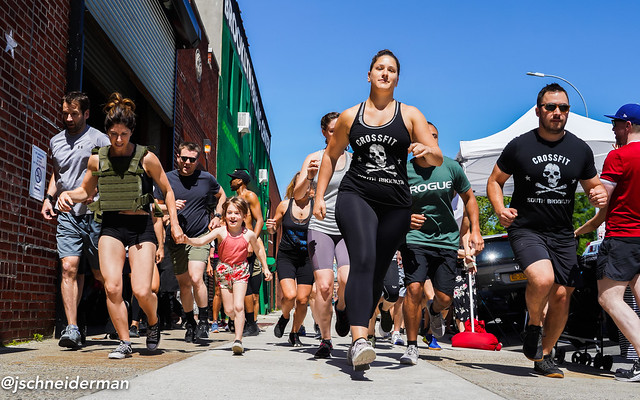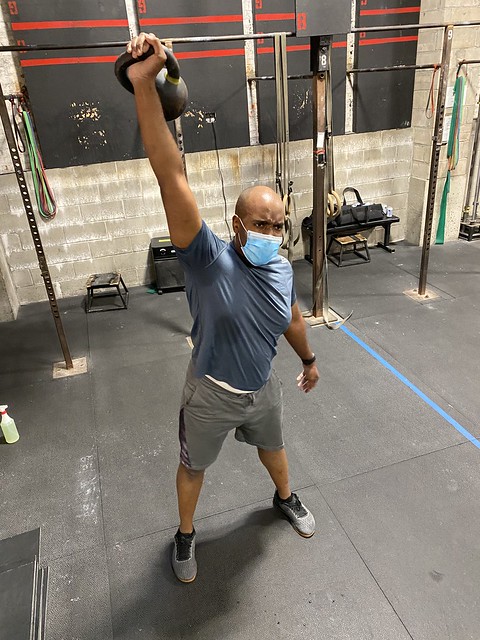CFSBK Zoom Room (Password: CFSBK)
CFSBK @ Home: 7am
Teens/Preteens: 4:30pm
Today’s Programming
STRENGTH
Power Clean + Hang Power Clean + Push or Split Jerk
Notes:
Work up to a heavy but technically sound single on the complex.
METCON
4 Rounds for time of:
Run 270m
16 Kettlebell Swings
8 Strict HSPU
Notes:
KB: Heavy and Unbroken
HSPU: 8 Strict / 8 w 1-2 abmats / 8 Box Piked / 12 DB Z Presses
CrossFit Group Class Programming Template
CFSBK @ Home
7ea Fire Hydrants
14 Quadruped Shoulder Taps
7 Burpee Broad Jumps
14 DB Frog Pumps
DB/KB Complex
3 – 5 Sets Each Side of:
8 Single Arm KB/DB Swings
+ 6 Single Arm Hang Power Cleans
+ 4 Single Arm Cossack Thrusters

Kyra and Revva during yesterday’s EMOM
Big Candy Is Angry – The New York Times








